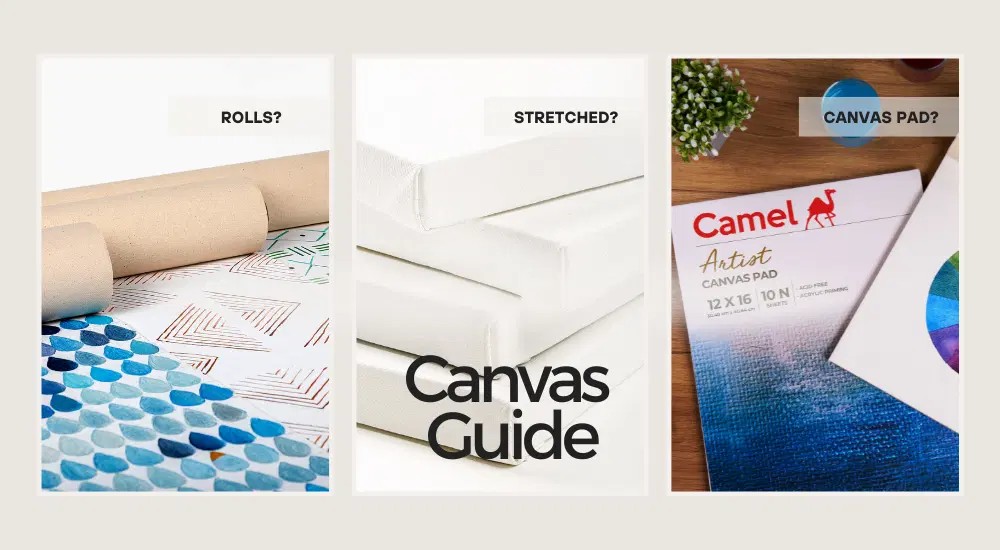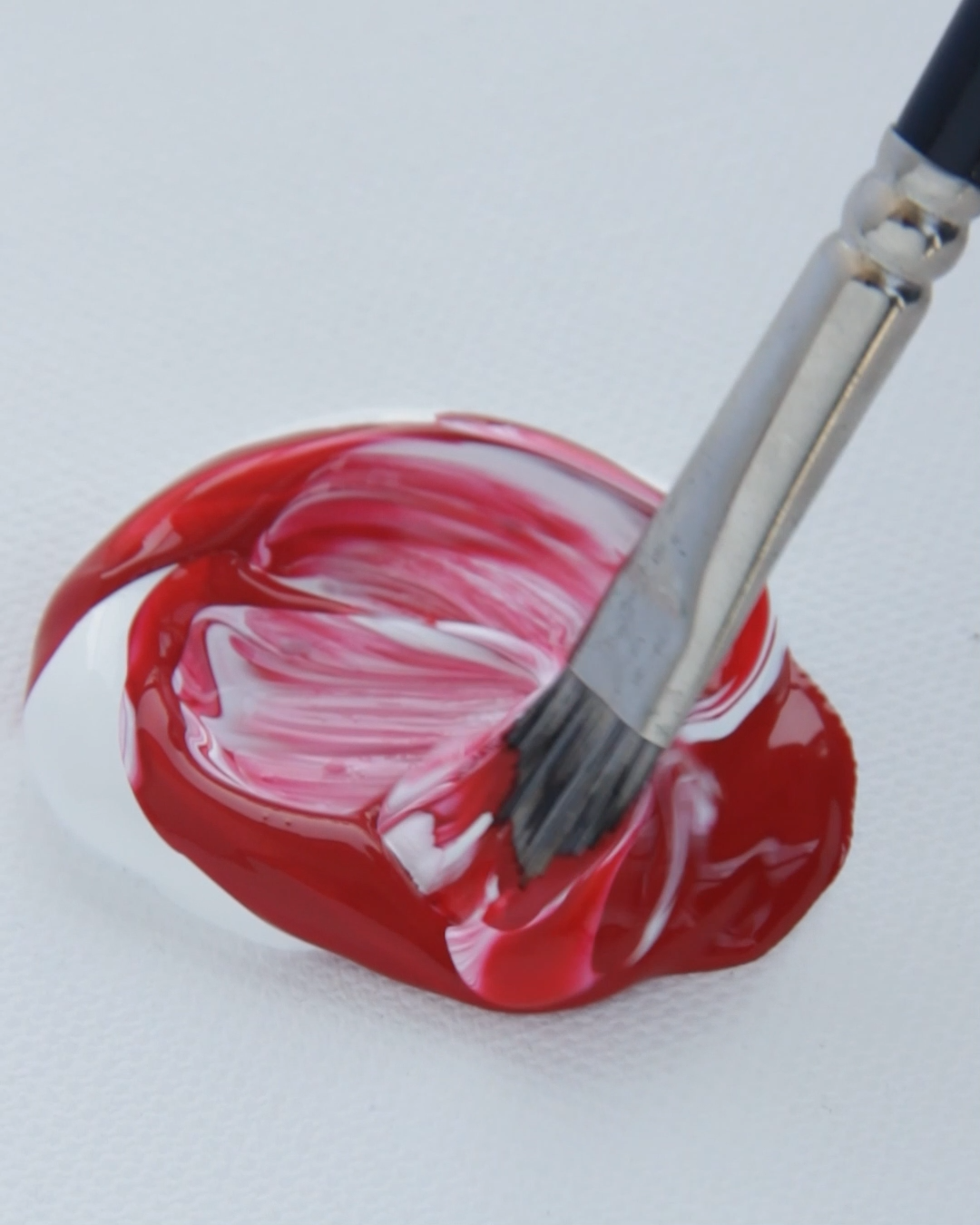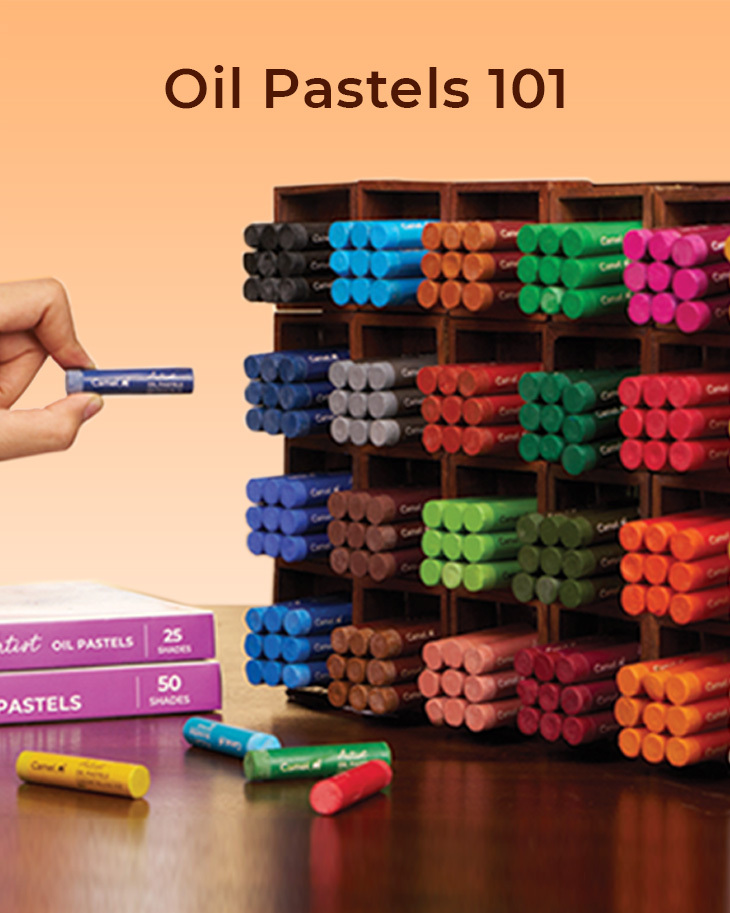Choosing the right canvas is one of the most important decisions an artist can make. The canvas serves as the foundation of your artwork, influencing the way your paints behave and the overall quality of the final piece. Whether you're just starting to paint or you've been doing it for years, knowing about different canvases will help you choose the best one. Consider this article as your go-to canvas selection guide for finding that ideal surface to bring your creative vision to life.
1. Consider the Material
The material of the canvas decides its durability, texture and compatibility with different painting mediums.
- Cotton Canvas:
Cotton canvases are economical. They are a great option for beginners or those experimenting with different painting techniques. Camel makes canvases from cotton, primes them with gesso and mounts them on quality wooden frames, ensuring a durable and stretchable surface. These stretched canvases provide a good base for both acrylic and oil paints. - Canvases Made Specifically for Oil Paints:
Modern day canvases like Oil Sketching Papers are primed with acrylic formulation. They are portable and light in texture. These types of painting canvases can be used for oil or acrylic colours.
2. Select the Canvas Type
The type of painting canvas you choose depends on your style, purpose and level of expertise.
- Stretched Canvas:
Pre-stretched canvases are ready to use and mounted on wooden frames. They come in traditional (thin) and deep (thicker) frame options. Traditional frames are best for framed pieces, while deep edges are great for unframed display. - Canvas Pads:
These contain sheets of primed canvas that can be stretched or mounted later. Canvas pads are perfect for practice or quick studies, offering flexibility without the need for a frame. - Canvas Rolls:
They provide the freedom to create custom-sized or large-scale artworks. They are the best canvas for painting for artists who prefer to prepare and stretch their own canvases. Camel Canvas Rolls offer ultimate flexibility and customization for artists who need tailored surfaces or work on large-scale projects. They are made from premium cotton and are treated in-house with Camel Acrylic Gesso. Available in medium-grain and fine-grain textures, they are perfect for detailed work or bold, experimental pieces.
3. Evaluate the Texture
The texture affects the way paint sits on the surface and the level of detail you can achieve.
- Fine Weave:
A smooth surface suitable for intricate details and blending. This texture works best for small-scale or highly detailed paintings. - Rough Weave:
A coarser surface with more texture, perfect for bold brushstrokes, large-scale artworks, and abstract styles.
4. Choose the Right Primer
Priming your canvas is crucial to ensure your paints sit correctly on the surface.
- Gesso-Primed Canvases:
Gesso is a primer that prepares the canvas for acrylic and oil paints. The gesso does not let the paint seep into the canvas. All Camel canvases are primed with acrylic primer or gesso. Whether you choose stretched canvases, boards, or rolls, the gesso coating provides a durable and reliable base for your artistic creations. - Canvases Primed for Oil Painting:
These are exclusively for oil paints. These canvases provide a smooth, non-absorbent surface that allows paints to glide effortlessly. This makes them ideal for blending and achieving fine details in your artwork. An example of this is Camel’s oil sketching papers, they are an affordable yet professional-grade surface for experimentation.
5. Match Canvas Weight to Your Style
Canvas weight refers to the thickness and density of the material, which influences its ability to handle different painting techniques.
- Lightweight Canvas:
Best suited for smaller works or minimal layering. Lightweight canvases are easy to transport and mount. - Heavyweight Canvas:
Ideal for heavy textures, palette knife work, and impasto. Heavyweight canvases resist sagging under the weight of thick paints.
6. Practical Considerations
When selecting a canvas, keep these practical factors in mind:
- Budget:
Cotton canvases and panels are cost-effective, making them a good choice for beginners. - Purpose:
Use lightweight panels or canvas pads for practice and portability. For professional work or exhibitions, opt for stretched canvases or rolls. - Display:
Deep-edge canvases are perfect for unframed artworks, while traditional-edge canvases are better for framed pieces.
Find Your Perfect Canvas with Camel
Camel offers different canvases to meet every artist's needs. You can find lightweight canvas pads and boards perfect for practice and stretched canvases for professional work. Pair our canvases with Camel's painting supplies like brushes, acrylic or oil paints. The best canvas for painting depends on your needs and vision, but understanding a few key points will help you choose wisely.
Whether you want to paint portraits or abstract art, we offer the perfect canvas to bring your creative vision to life. Grab your brushes and start your next masterpiece today!
Did this article help you learn something new?
Share your thoughts with us in the comments below.
Leave a comment

Comment added
Comment updated
Comment deleted
More inspiration
“
“Art should comfort the disturbed and disturb the comfortable.”




